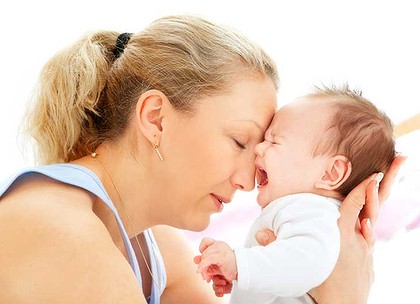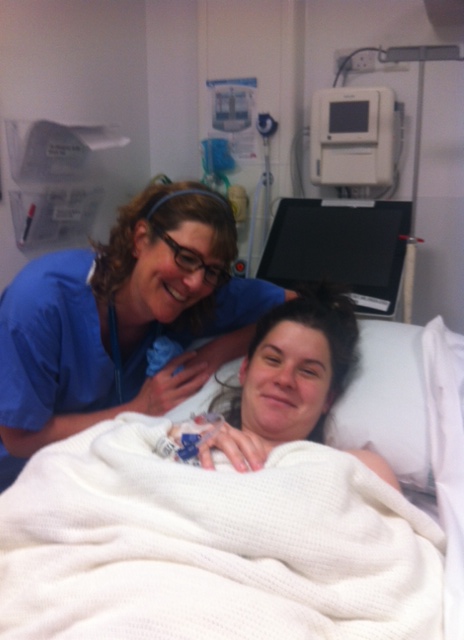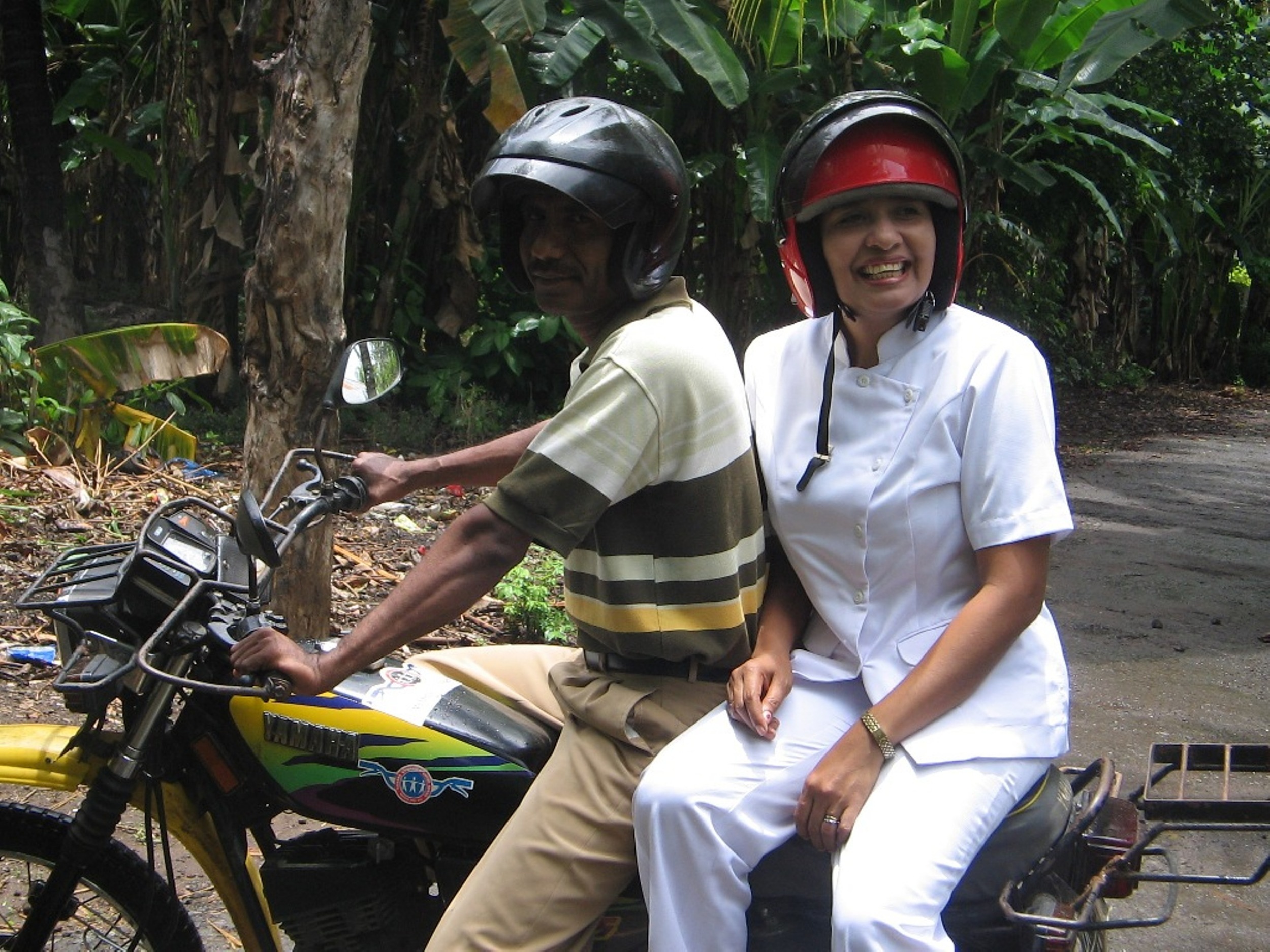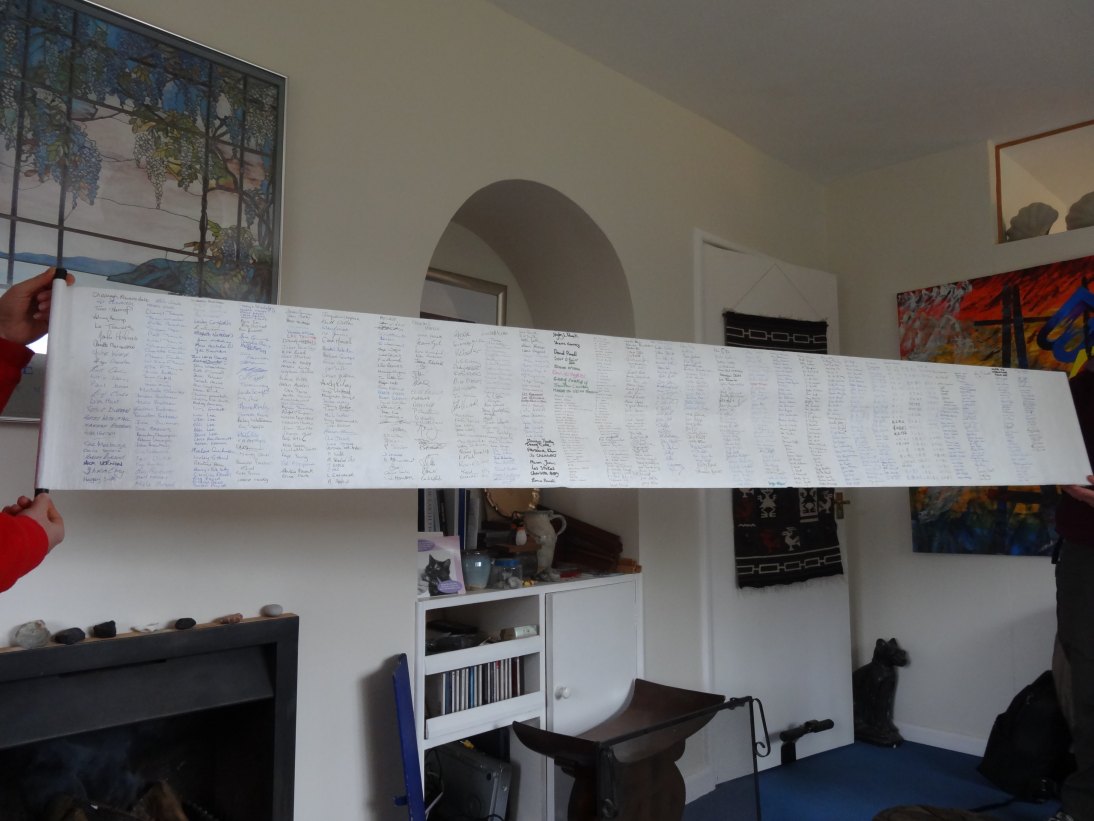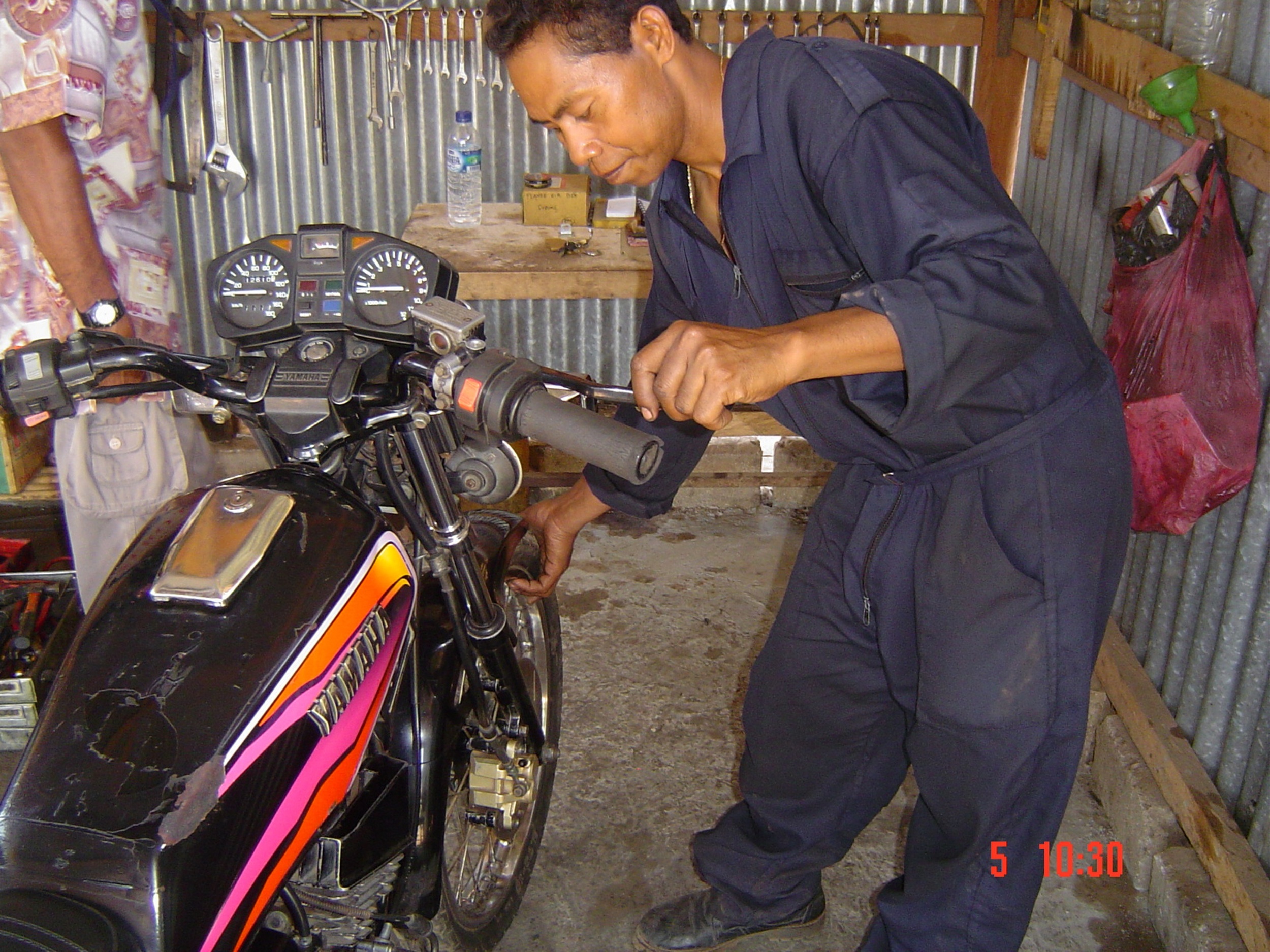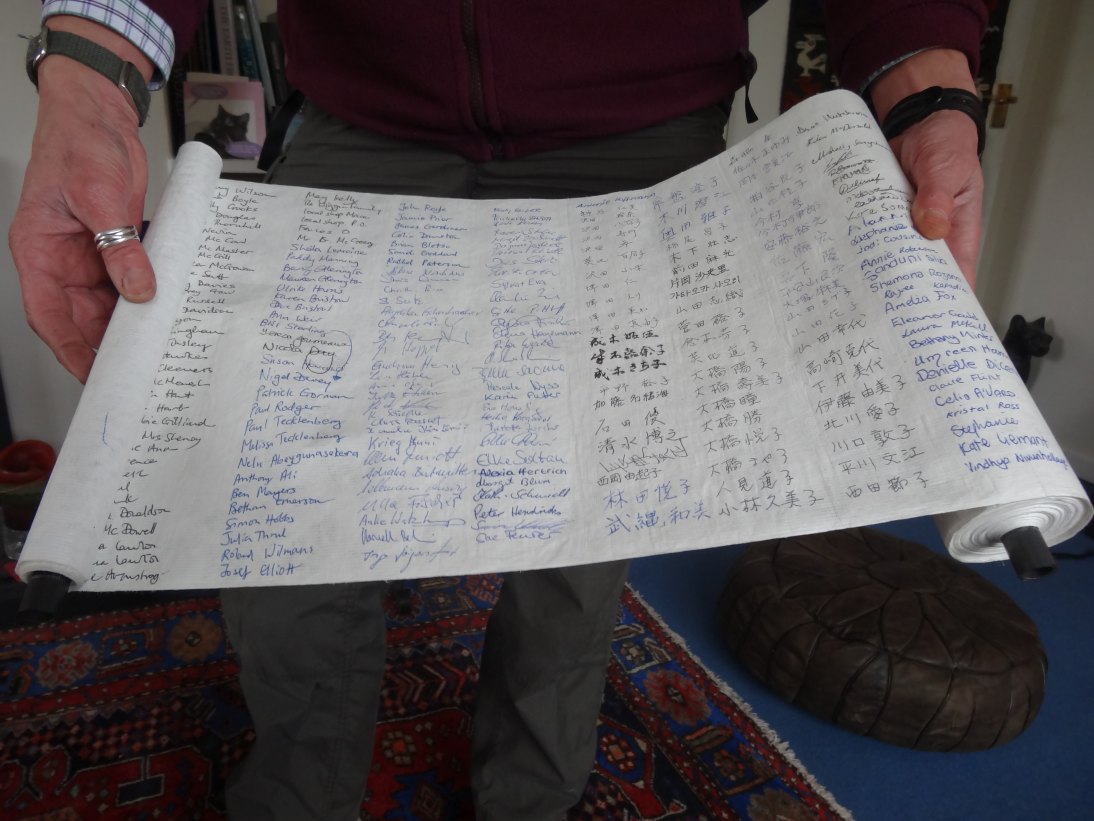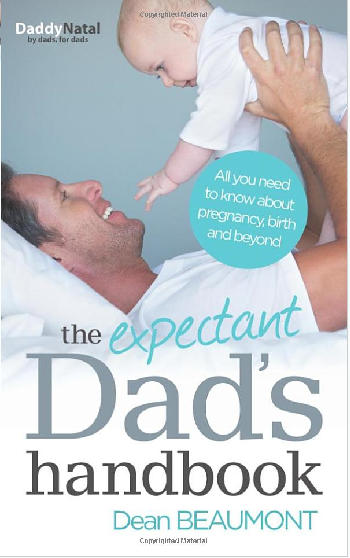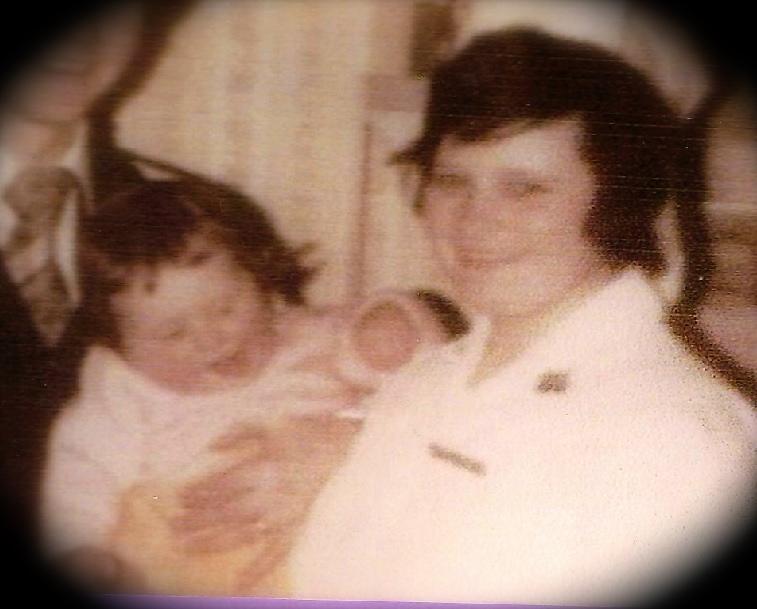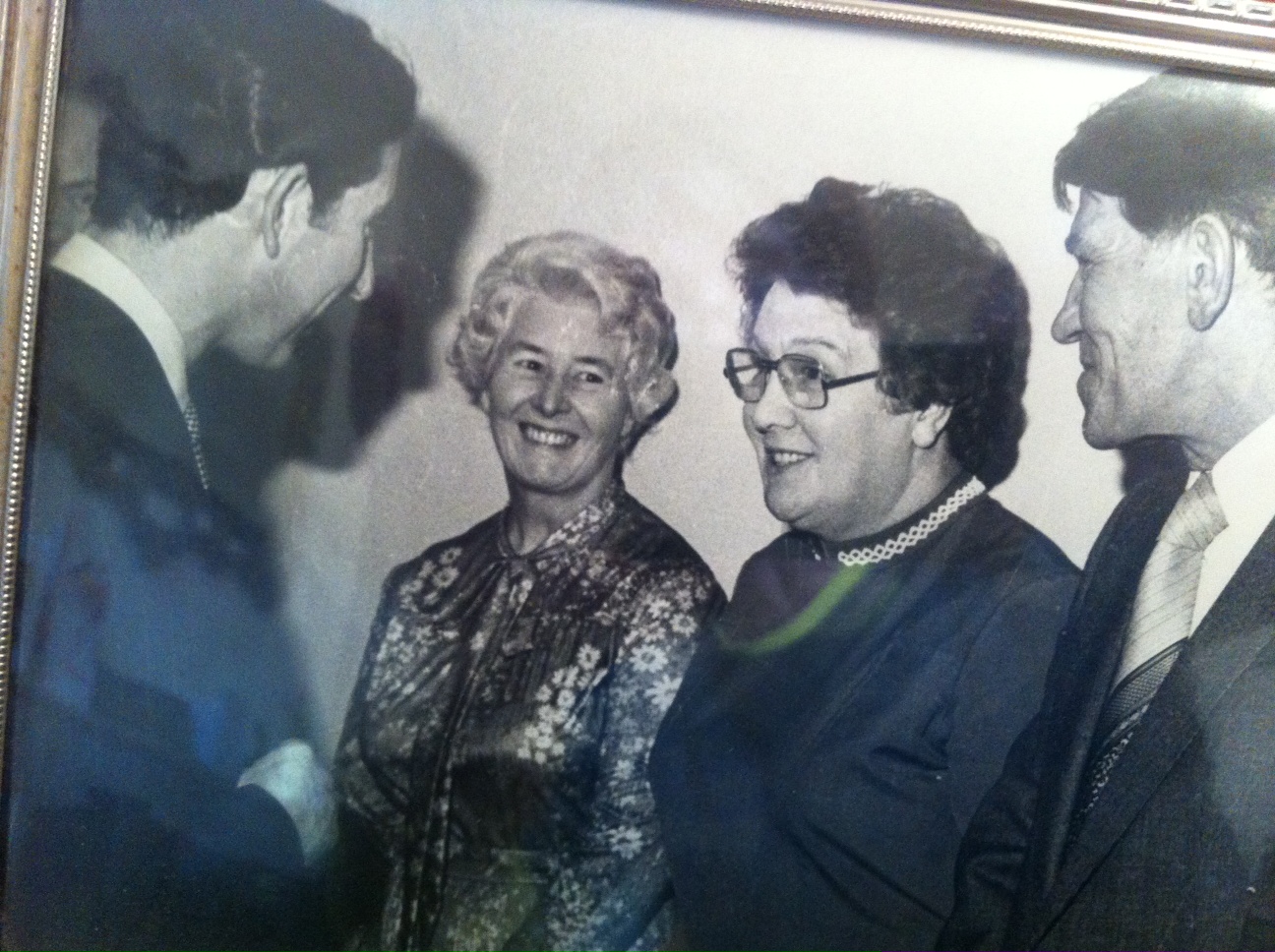Why women don't often get the birth they want: my thoughts on the topic
/At the beginning of last week, Kirstie Allsop guest presented a BBC Radio 4 Woman’s Hour special. During the programme, Kirstie ‘embarked on a personal journey to investigate why women often don’t get the birth they want’. I was initially asked to participate in the programme, and I gave it a lot of thought. I have commented on Kirstie’s views about childbirth before. Once following her public criticism of NCT antenatal classes, and another post in response to a letter she wrote to the Telegraph newspaper, concerned that women were being made to feel like a failure if they didn't nave a 'normal' birth, or chose not to breastfeed.
I was pleasantly surprised when I listened to the radio show. The guests gave some fairly balanced viewpoints, around topics such as women’s expectations and preparation for childbirth classes. I was delighted that Kirstie chose this topic for her guest session, as it gave the issues some airtime.
Kirtstie began the programme by asking how society has gone from being thankful for the birth of a healthy baby, to ‘desiring an experience’ at the time of birth. Good question I suppose. But then should women not expect what they plan for, with some understanding that there may be deviations? I have to wholeheartedly agree with Rebecca Schiller (@HackneyDoula) who was part of the panel on the programme, when she reminded listeners that how women experience birth plays a huge part in how she bonds with her baby. Indeed, childbirth has far reaching consequences on the whole family. Whilst a positive birth is what women and her childbirth carer should be aiming for, we know that most women want a normal or straightforward birth; one with minimal intervention. This is usually one of the main reasons pregnant women (and partners) attend childbirth preparation classes. Kirstie debated childbirth preparation sessions, and their content, during the programme, in a quest to discover why women are frequenly ‘disappointed’ by their birth experience.
BUT I didn’t feel the matters discussed really addressed the issues of ‘why women don’t often get the birth they want’. I believe the reasons are far more complex and go unnoticed by most, and yet are staring us in the face. I am going to use an example of a birth that demonstrates some of the detail and dilemmas that potentially lead to a negative birth experience, or a sense of 'disappointment'. The story is not unusual. In fact, it is incredibly common.
My good friend’s daughter recently gave birth to her first baby. This is what she told me.
I had done a ridiculous amount of research into childbirth. From the moment I found out I was pregnant, my whole focus was on the birth, the birth, the birth, and if I’m honest, not so much on what came after. I decided quite early on, that is was very important for me to be in a calm environment to ensure a good flow of oxytocin. I have always been pretty sensitive to my environment, and not a huge fan of hospitals. Therefore, my husband and I, after a great deal of thought, decided that home would be the most natural place for me to stay calm and relaxed throughout. I liked the idea of being in control of my birth, and creating a calming sanctuary to bring our new boy into the world. As the weeks went by, excitement mounted as we prepared for the big day. The community midwives (all of whom were very experienced midwives) were all very pro-home birth and made us feel really excited. We had the birth pool up, gas and air delivered, millions of towels and waterproof coverings, candles and even a selection of cakes to keep the midwives going.
Johnny came 6 days late. My waters broke at 4am and I knew straight away that something wasn’t right as the water was a funny colour. Staying calm, we rang the hospital and spoke to a lovely midwife who told me to save sanitary towels and call the community midwife first thing in the morning. She said it could have been the ‘show’ causing the strange colour. At this point, I remained extremely calm and felt excited that things were moving and our boy was on his way.
So the contractions were regular throughout the early hours of the morning, and by 9am, they were coming every 6 minutes. The community midwife called at 9.30am, took one look at the sanitary towels I had saved, and told me it was meconium in the waters, and I would have to go straight into hospital. Instantly, I felt anything but calm. My plans for a home birth shattered, we headed straight to the local hospital, and sure enough my contractions had stopped as the adrenaline kicked in.
At hospital, by 10.00am ish, I was measured at 2cm dilated and told I would have to go to delivery suite as lots more greenish-tinged fluid was coming out of me. I knew that this was the doctor-led unit and continued to try to remain calm in an anxious state. The very young male doctor told us we would have to have to have a synthetic -Oxytocin drip, to speed up labour as there was a 1 in 4 chance that the baby was in distress. From prior reading, I knew that interfering with my own oxytocin could be problematic, and despite my husband and I questioning the doctor asking if it was absolutely necessary, we really felt backed into a corner. It was our first baby and we were being treated as though it was an emergency, that we must get the baby out as quick as possible. The contractions I had felt in the early hours of the morning had still not come back and we really didn’t feel as though there was any other option.
The drip made the contractions stronger and more painful, I was told, and I would probably want an epidural as most women do in these circumstances. Already my labour was already proving to be the exact opposite to what I had envisaged. The one thing I could still control was my pain relief. So, despite not having the active birth, subtle lighting, birth pool, hyno-birthing, calming music, I battled through the pain with no pain relief other than gas and air, a tens machine and controlled breathing with my husband and mum for moral support. At least I was in control of something.
The contractions came strong and quick and I soldiered through them despite the anxiety-inducing sounds of the monitor transmitting Johnny’s heart beat, interrupted frequently by various midwives/doctors anxious that our baby’s heart beat and oxygen levels were dropping.
At one point, the heartbeat machine stopped picking up Jonny’s heartbeat. The doctor suggested it could be the TENS machine, so I had to stop using it. Then the staff decided to place a tag on Johnny’s head to monitor him more effectively. The worst point of the whole labour was when the young male doctor, accompanied by a young female doctor (whom he was training it seemed) burst into the room declaring that they needed to take a sample of blood from the baby’s head as they were worried about oxygen levels and needed to make a decision on whether an emergency Caesarean was necessary. Legs in stirrups, their poking around was the single worst experience of the whole birth. So utterly painful.
During this episode, they told me I was fully dilated. Thank God.
The pushing stage started as a relief as it felt much less painful. I got on to all fours on the bed, and pushed with all my might. However, it took a long time (2 hours) for Johnny to come out, and I didn’t feel very encouraged by one particular midwife, who kept telling me I needed to push harder with no acknowledgment for the serious pain I had just endured and the effort I was giving to push my baby out in such an unnatural environment.
Johnny arrived at 20:50 after around 12 hours of labour. They had turned me onto my back, and placed my legs in stirrups, to perform the episiotomy. There were 8 people in the room including my mum and husband. As soon as he was born, the cut was cord immediately by a medic and he was whisked away after a brief moment on my chest. I had requested that the cord stop pulsating before it was cut by my husband. However, they were so anxious about the baby that it was all done so quickly to check that he was okay.
Despite all this, we were elated to see our son who was a completely healthy little boy, with Apgar scores of 8 and 10! We are grateful for the care we had received. However, on reflection of the whole labour and birth experience, we both, despite all the anxiety, had had a strong feeling all along that he would be okay. Was this because we were in the safe hands of the medics in hospital? Or did we instinctively know he was safe? Could we have had the natural home birth we had planned?
So many thanks to lovely Kate and husband Nick for allowing me to use the story of Johnny's birth.
My thoughts:
I do feel that Kate's transfer to hospital was appropriate. But I do question the increasing use of intravenous synthetic hormones (Oxytocin in UK). Whilst there were clinical signs that her baby may have been compromised (this is debatable, and more information can be found here), the detail in Kate's story around being induced is often similar for women with pre-labour rupture of membranes or those being induced for post-dates. We know that the use of Oxytocin to induce or augment (speed up) labour 'has an impact on the birth experience of women. It may be less efficient and is usually more painful than spontaneous labour, and epidural analgesia and assisted delivery are more likely to be required'(NICE 2008). Yet in general, women are happy to be induced.
When there is a risk that all may not be well with baby, and dependant on how this is articulated, labouring women will naturally go along with suggestions from midwives/doctors. Midwives and doctors follow hospital guidelines or protocols, with the mother and baby's best interests at heart. But they are also protecting themselves, and are frequently fearful of reproach. I fear that in many circumstances there is over treatment, and defensive practice. My intention is not to blame maternity care workers, but to highlight the fact that the maternity care system doesn't help them or the families they care for, and neither does the legal system, nor the media.
For childbearing women and partners
Try to find out as much as you can before you go into labour. There is so much positive information out there to help you, and as Milli Hill of the Positive Childbirth Movement says, DON'T BE AFRAID TO PLAN FOR THE BIRTH YOU WANT!
For midwives/doctors:
How can you make sure you know and understand the evidence base to share with families you care for? How do you pass on the evidence? Do you give unbiased and balanced information in an accessible way, or do you use 'protective steering' because you feel anxious about the choices women may make?
Kate's labour stopped due to the release of adrenaline associated with unfolding events, and going into hospital. This happens on a daily basis, everywhere. Have you ever 'walked in the shoes' of a labouring woman coming into your maternity service? What does she see, hear, smell? Who greets her? What is the environment like when she enters the birth space?
We know that Syntocinon puts more pressure on baby, so should it be used when a baby is deemed already compromised? Do you tell that to women when advising the drug? By using Syntocinon, do you consider that you may be replacing one risk with another?
Kate was directed to push during her labour. What is the evidence around directed pushing?
Why did the CTG machines (heart rate monitor) need to be audible (and even too loud), even when there is no healthcare professional in the room?
Do TENS machines interfere with CTG machines? And are we focusing on the machines here, instead of women?
If a woman is pushing on all fours (and having an intervention because of fetal compromise) would you encourage her to lie on her back with legs in stirrups, to perform an episiotomy and 'deliver' her?
If Kate had agreed to an epidural (should this be offered?), do you think the outcome would have been different?
Do you think the baby was in good condition at birth because of the intervention, or in spite of it?
In response to Kirstie's radio programme:
Should Kate not have expected or planned to have a home birth in the first place, free of intervention, then she wouldn't feel disappointed? Next time Kirstie, can we address some of these issues?
And finally, a note for our Governmental Ministers
The shortage of midwives that persists, and is letting mothers (and babies) down. You gave promises to increase numbers, and your lack of attention continues to influence the experience of childbirth. The effect of this is both short and long term, and is both physical and psychological. As a midwife, mother and grandmother, I plead with you to really listen.

